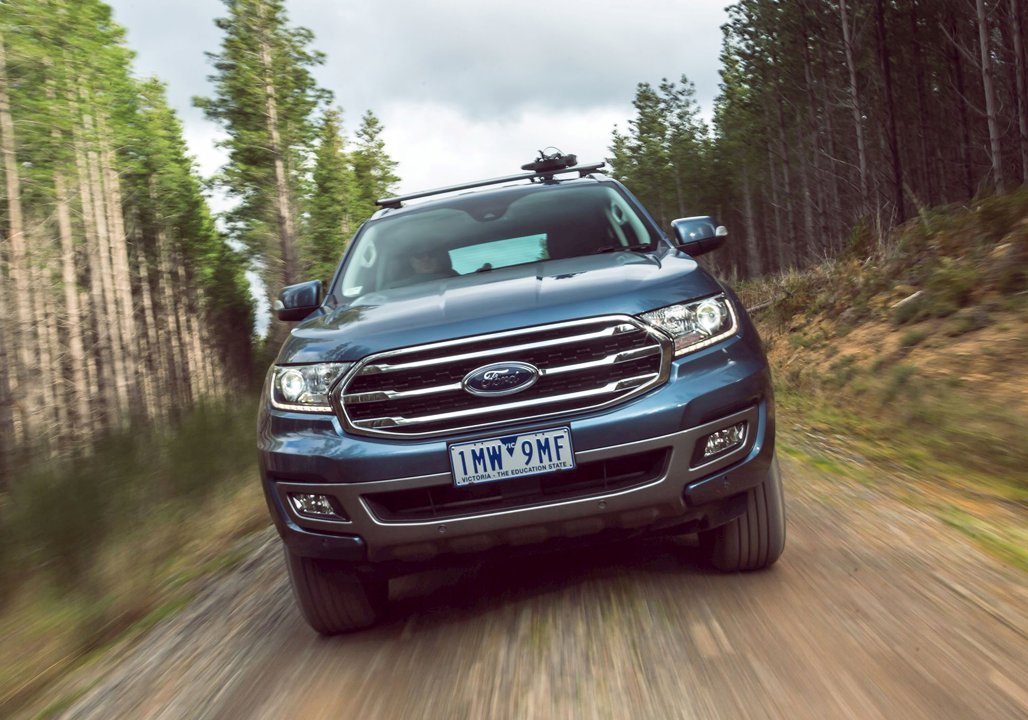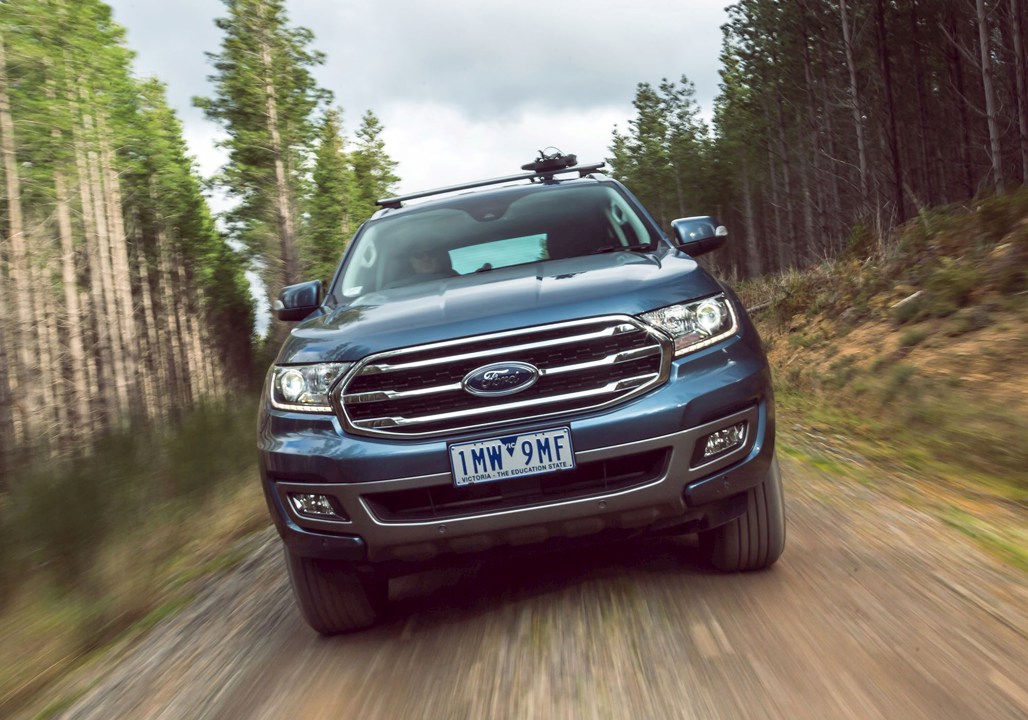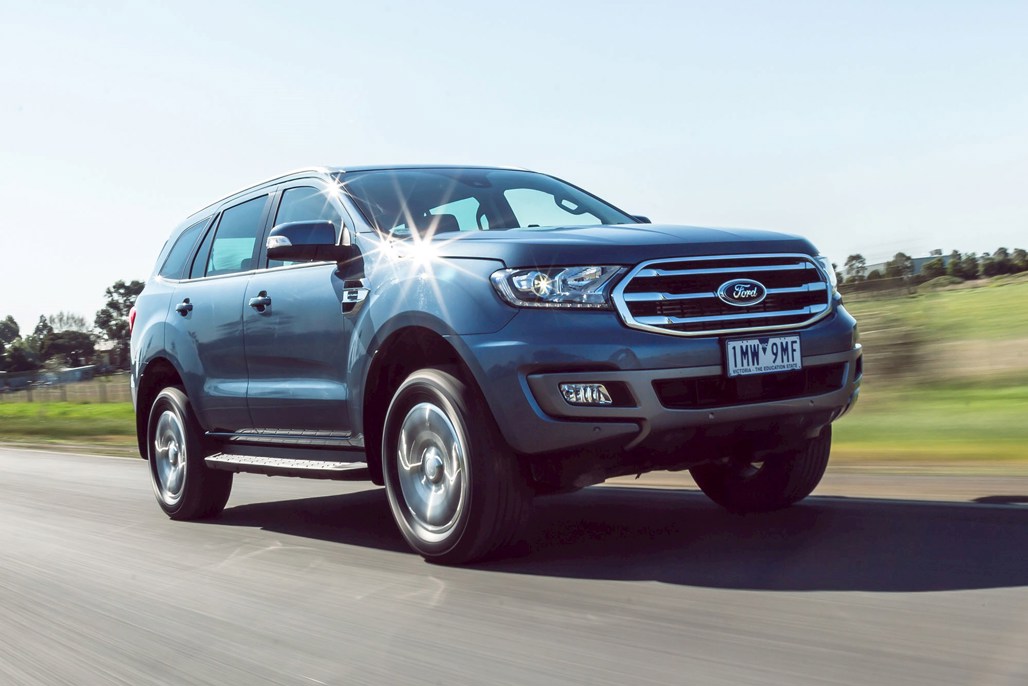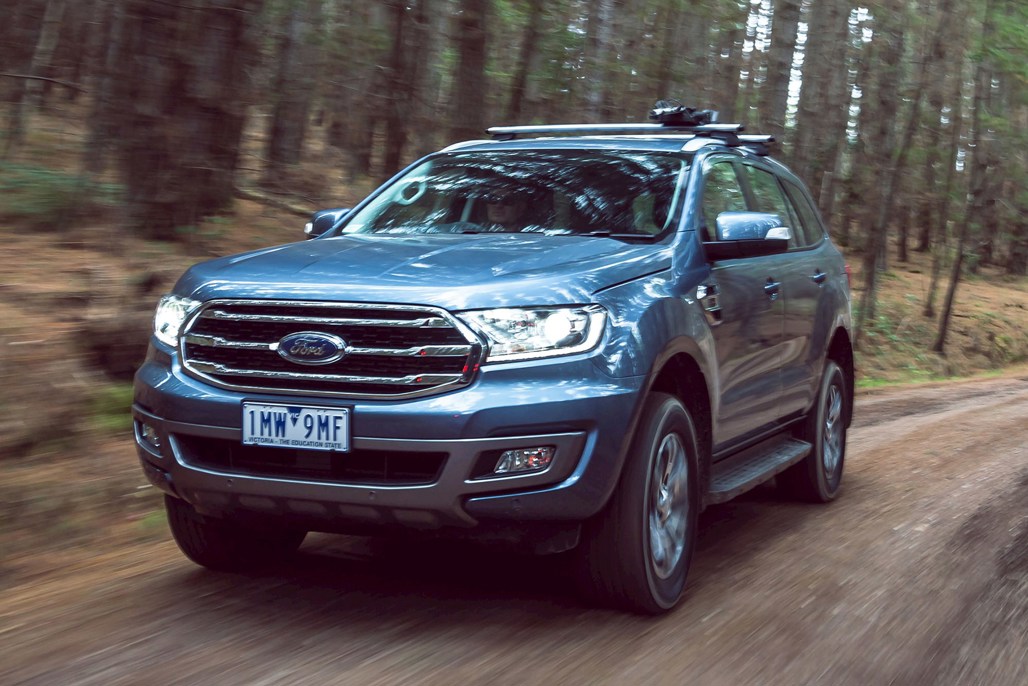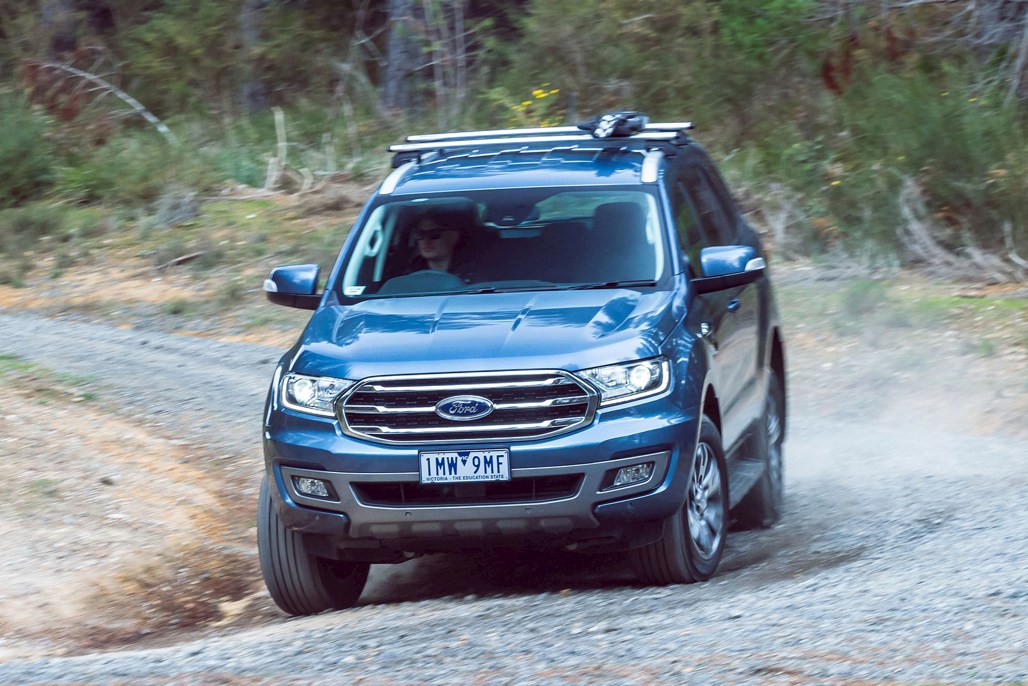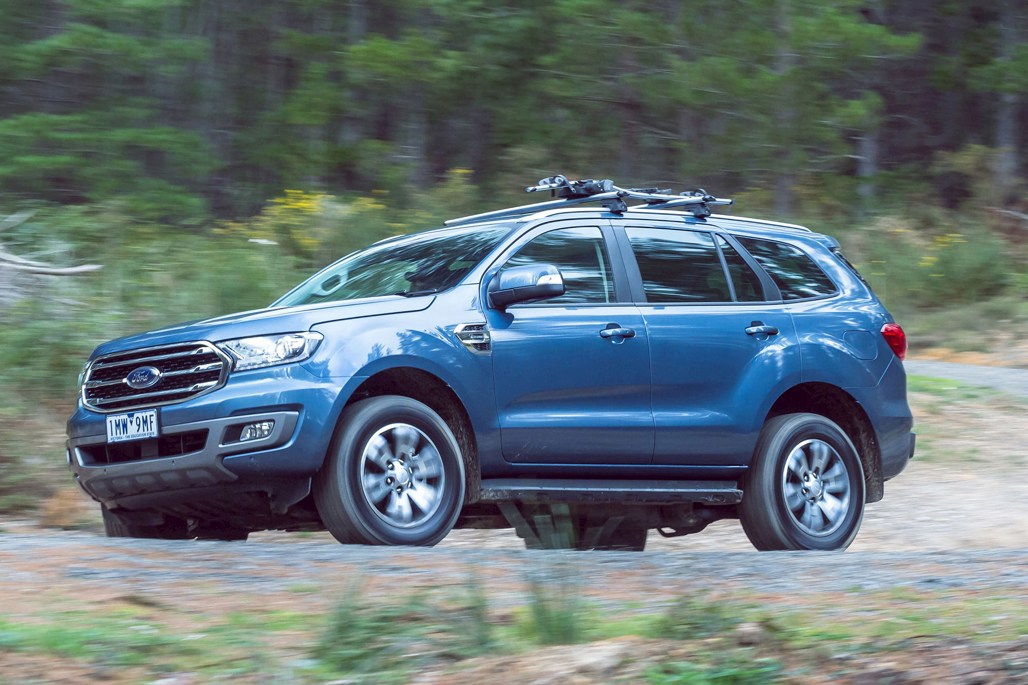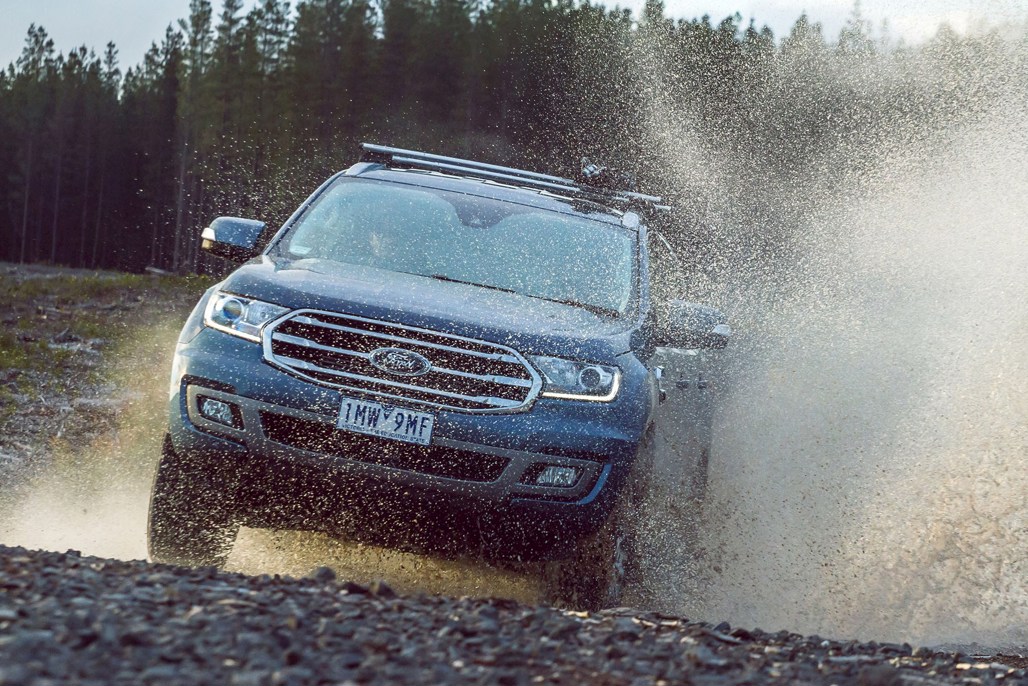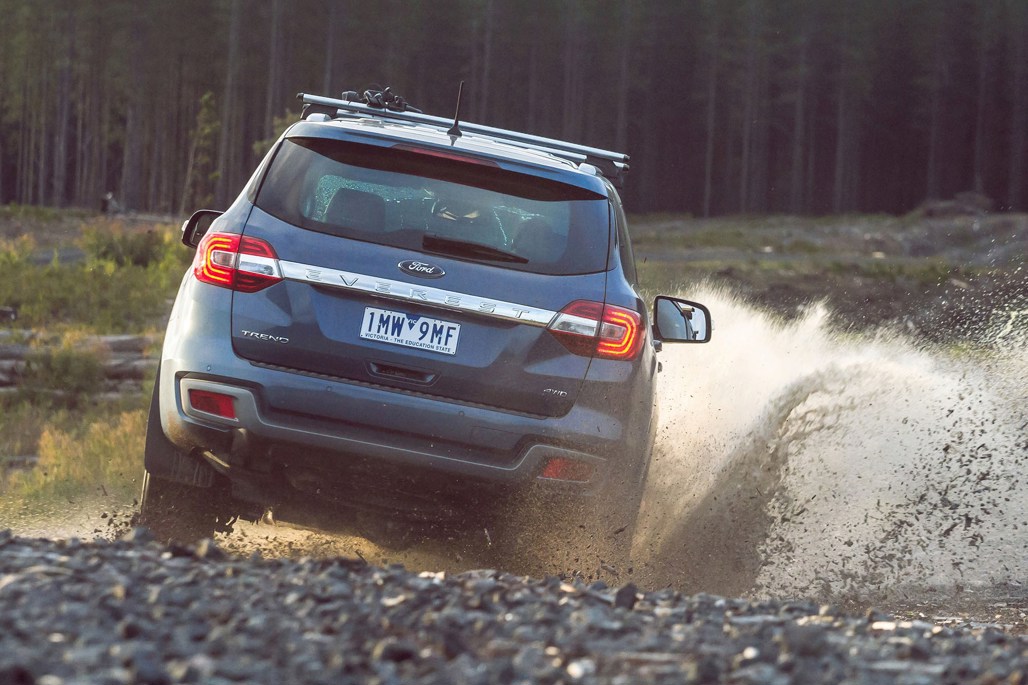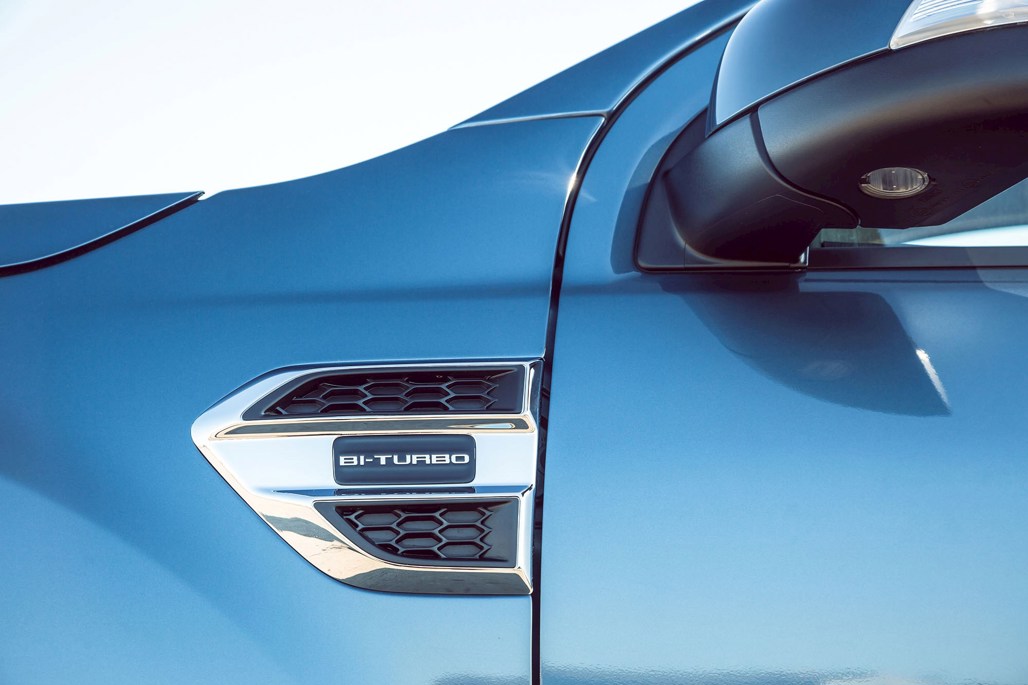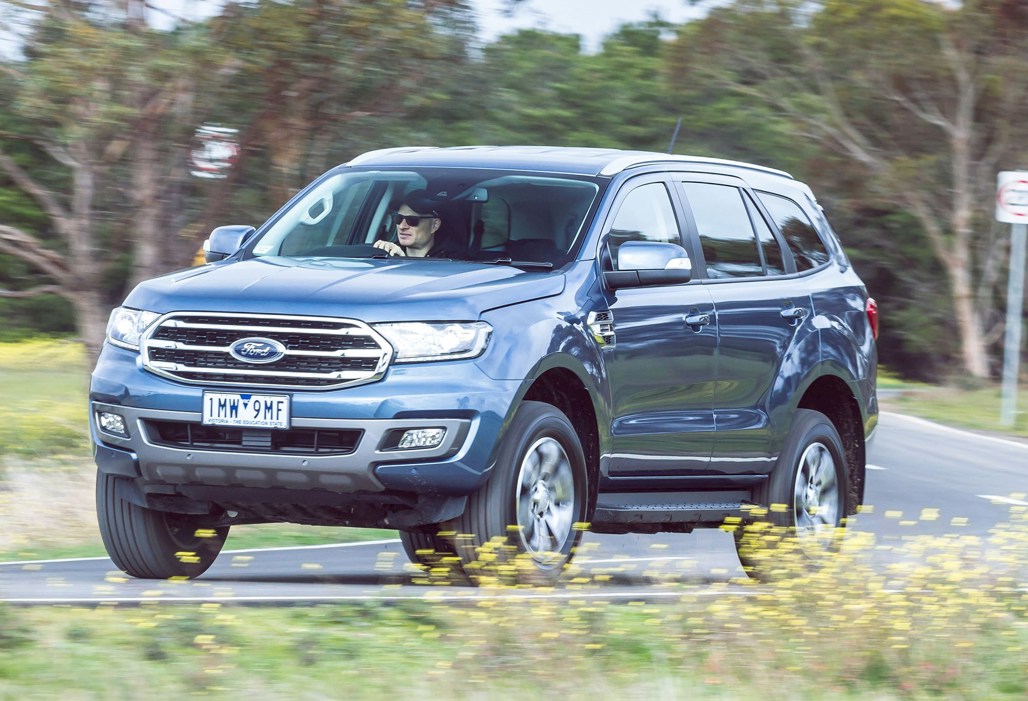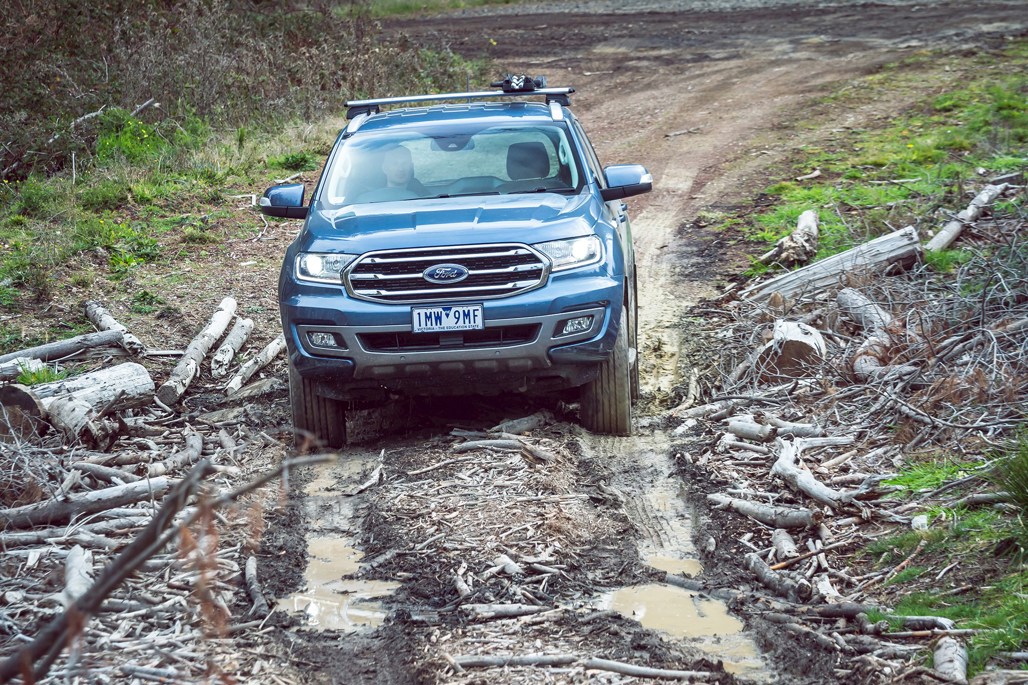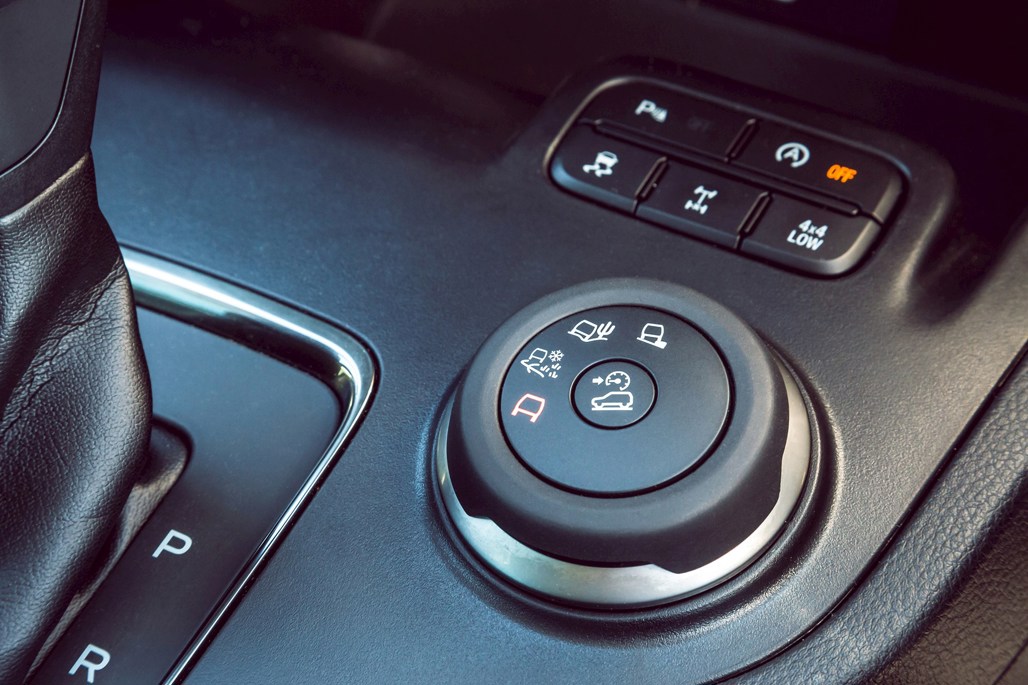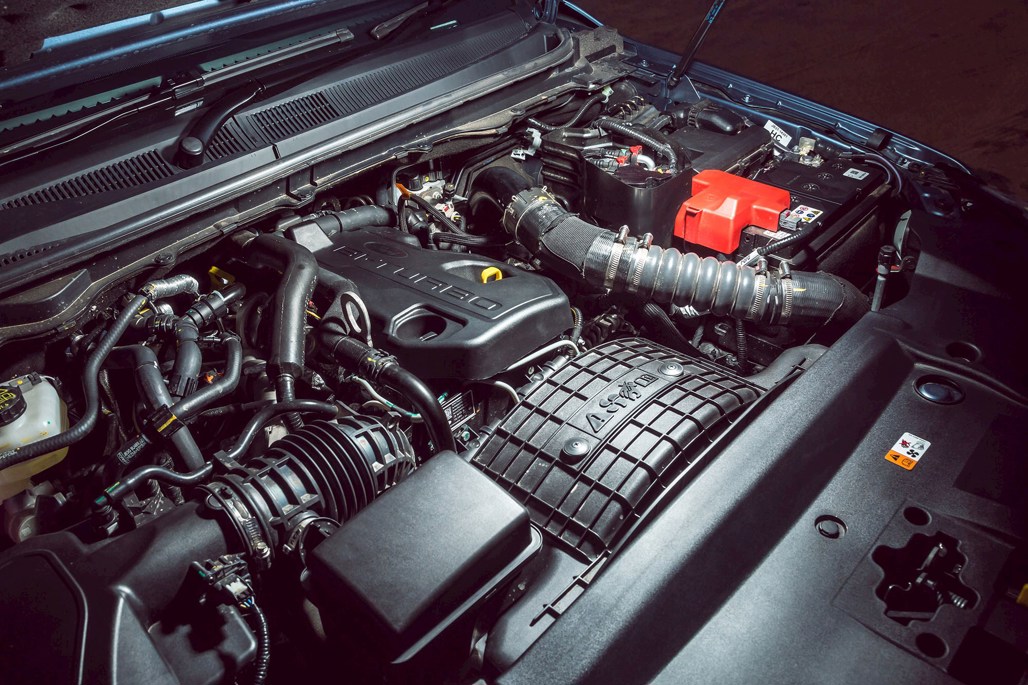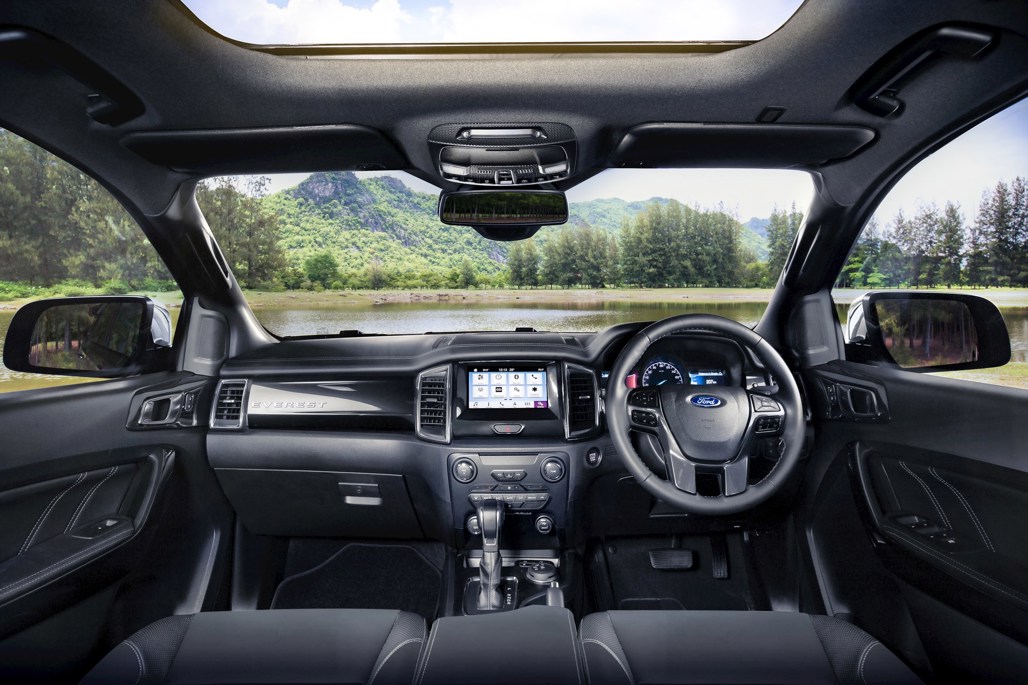You could be forgiven for thinking the Ford Everest is all but identical to the Ranger ute; the only difference being the SUV body shell. But you’d be wrong.
Although the idea of building a full-size SUV atop a ladder frame chassis isn’t unique to Ford — Holden, Isuzu and Toyota have all had a crack as well — the lengths Ford’s engineers, designers and marketers have gone to ensure the Everest isn’t mistaken for “just a truck” promises to elevate the company’s version to heights its competitors cannot match.
Of course there are carryover parts between the Everest and Ranger, but like all things, it’s the attention to finer details and specific tuning changes that separate them behind the wheel.
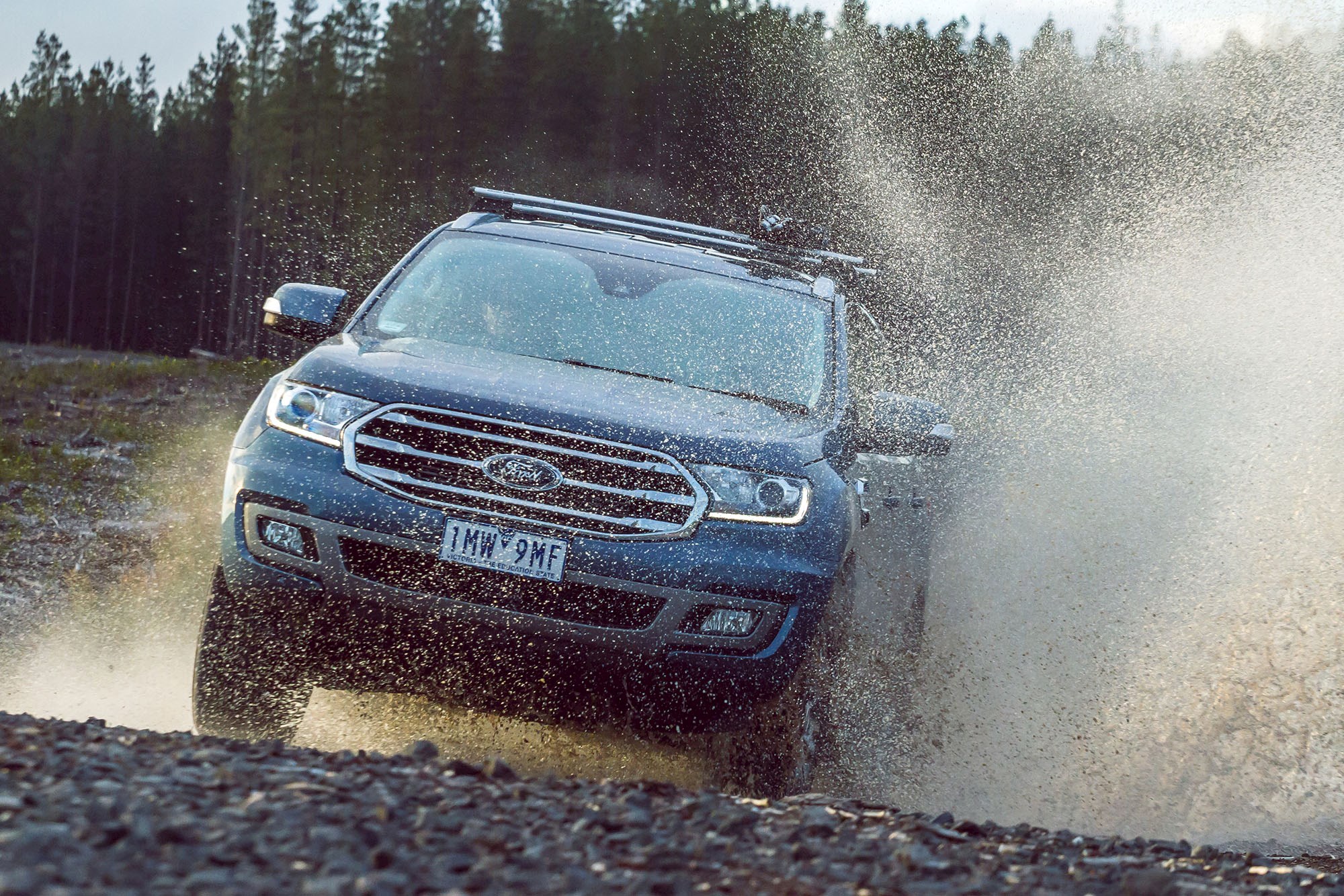
“Our goal with the new Everest was to take an already capable vehicle and make it more car-like,” explained Everest programme manager Dan Ciccocioppo.
In the three years since the Everest’s debut, Australian-based engineers have funnelled feedback from owners on both sides of the Ditch to improve the seven-seat SUV in four key areas: noise vibration and harshness (NVH), ride quality (or “plushness” as Ciccocioppo preferred to call it), safety and fuel economy.
“We’ve listened to customer feedback to work out what they want and how they use their cars, but perhaps most importantly with the MY19 version, we’ve had the time to work through engineering changes, which we can now bring to market,” Ciccocioppo said.
The Everest’s development was Australian-led, based out of Ford’s You Yang Proving Grounds in Victoria and included “millions of kilometres of testing around the globe.”
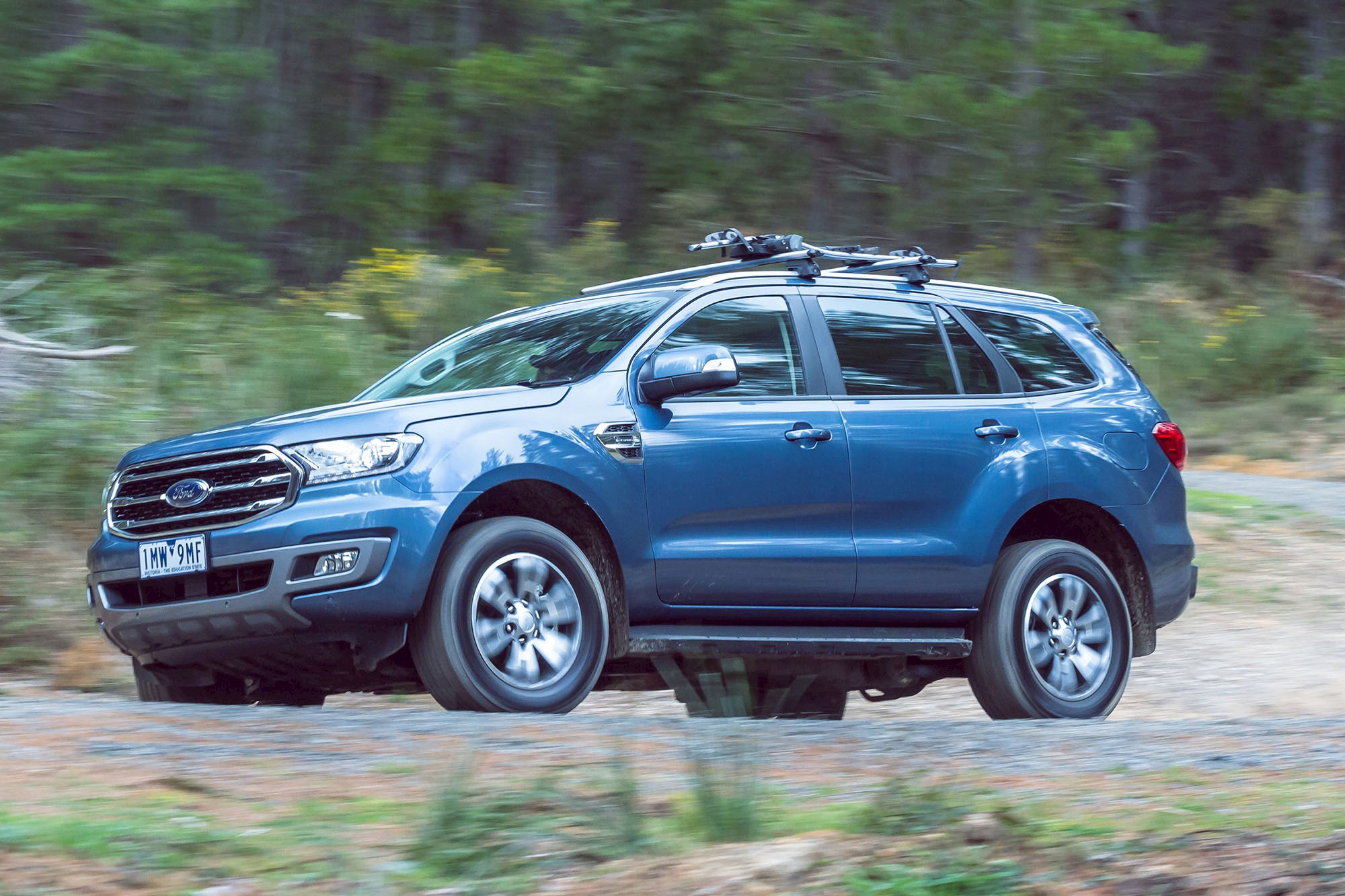
For the New Zealand market, one fully-spec’d Ford Everest Titanium four-wheel drive will replace the current two-model Trend and Titanium line-up — with the first new models due to arrive in dealerships this month.
Stylewise, the Everest Titanium will be available in new colours with HID auto levelling headlamps and 20-inch wheels. The grille and bumper have been slightly tweaked but the design keeps in line with the company’s top-selling Ranger.
In the cabin, Titanium models feature full leather seating, dual glass sunroof, powerfold third-row seating with 50:50 split and illuminated stainless steel scuff plates. An 8-inch colour touchscreen display with Sync3, voice control and satellite navigation and 10-speaker audio system with amplifier is also standard.
Beneath the bodywork are new hidden features such as keyless entry and a hands-free tailgate. There are new driver assist technologies, too, with Autonomous Emergency Braking, Traffic Sign Recognition and Blind Spot Information System with Cross-Traffic Alert fitted as standard.
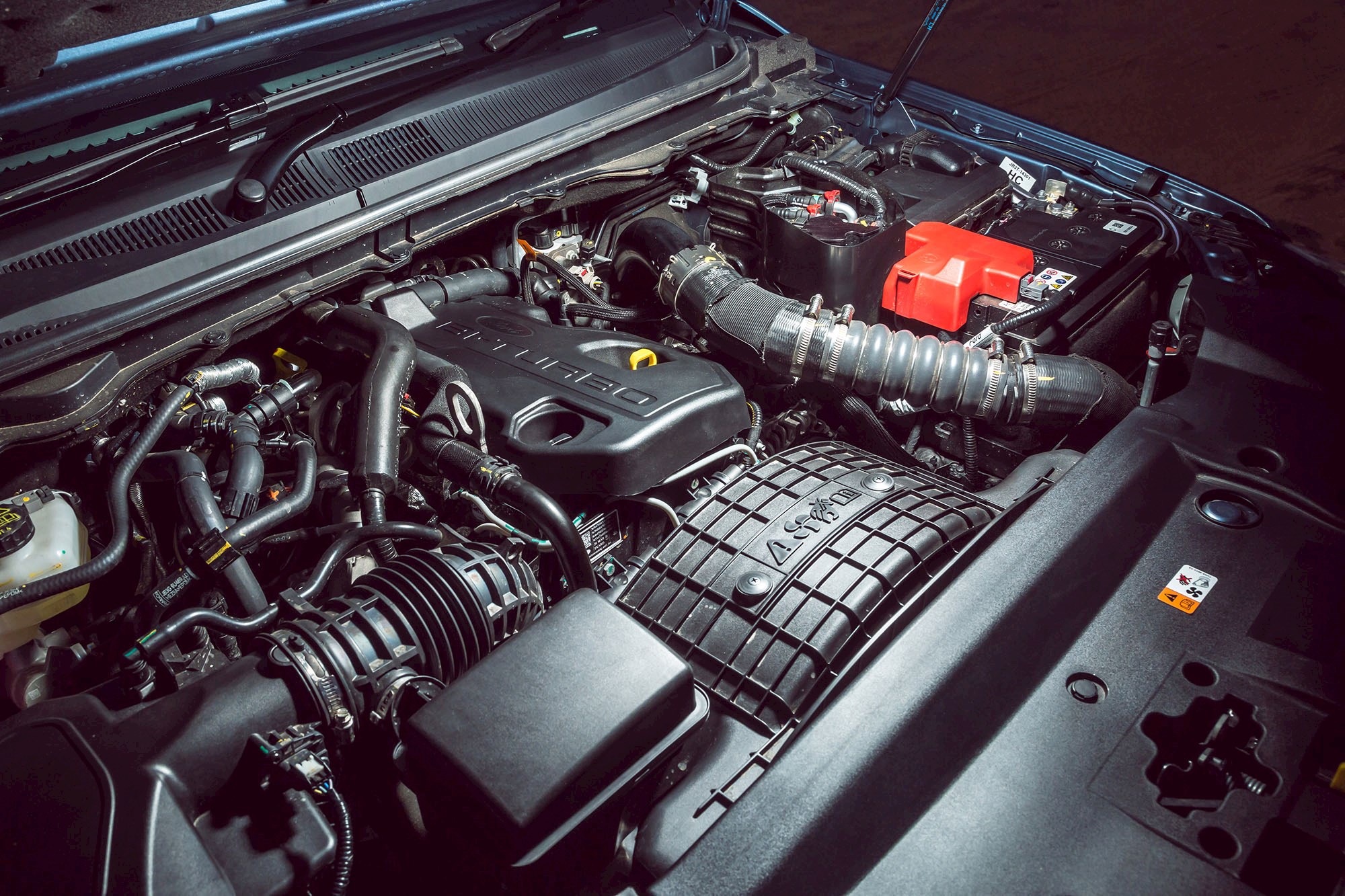
One of the biggest changes for the 2019 model is under the hood. The new Everest is powered by the same 2-litre four-cylinder Bi-Turbo engine found in the Ranger Raptor, producing more power (14kW), torque (30Nm) and improved fuel efficiency than the 3.2-litre five-cylinder it replaces. The Bi-Turbo engine produces 157kW of power at 3750rpm and 500Nm of torque between 1750 and 2500rpm.
The Everest also gains the Raptor’s 10-speed gearbox, the same ’box found in the V8 Mustang. In Everest trim, Ford say the 10-speed has been calibrated to stay in the lowest gear possible.
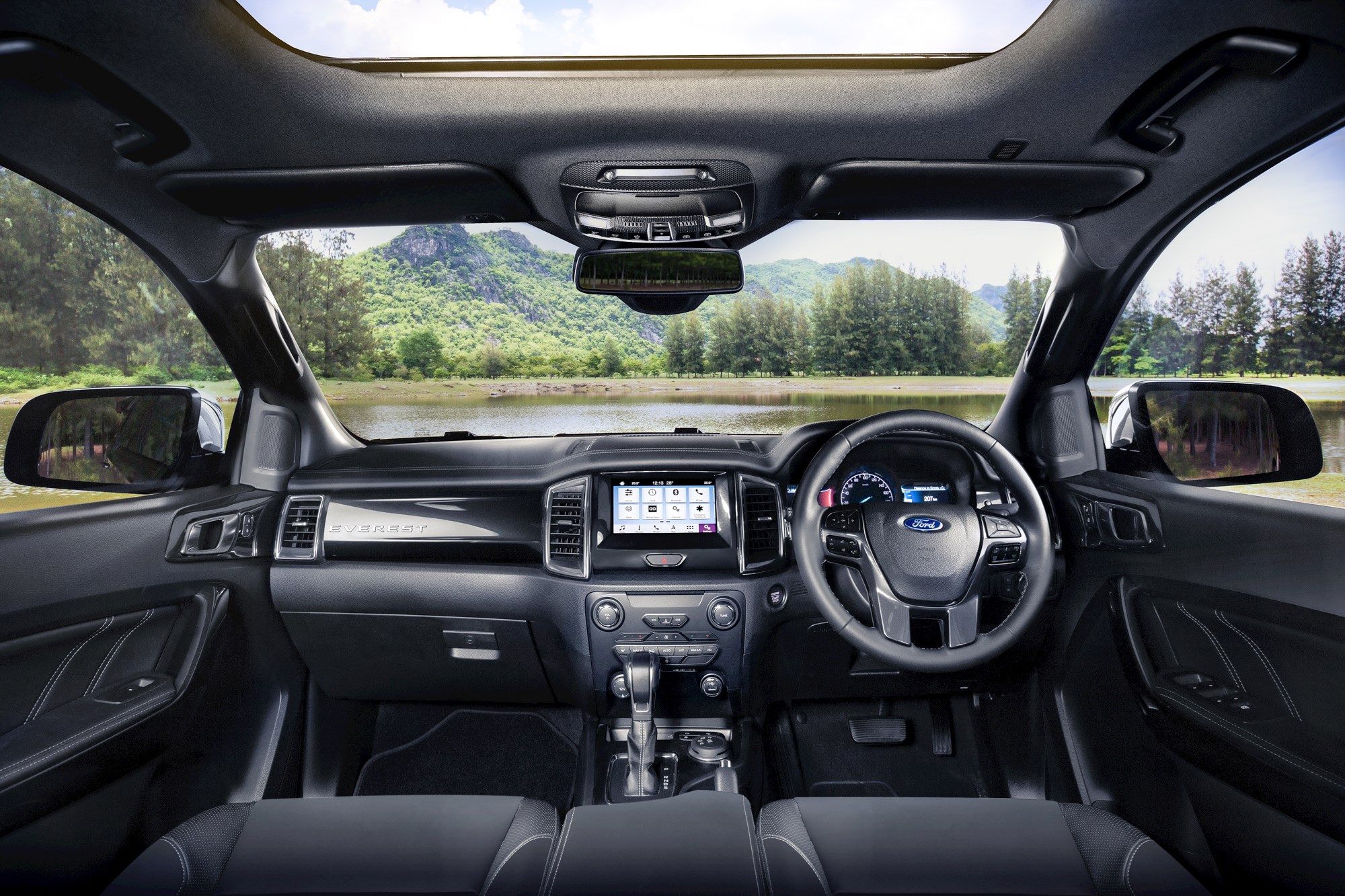
The new engine and gearbox increase towing capacity from 3 to 3.1 tonnes and a reduced fuel consumption rating from 8.5L/100km to 7.1L/100km. Driving the 2-litre and 3.2-litre back-to-back revealed the new engine to be a big step forward. It’s undoubtedly quieter and more refined, and the smaller capacity unit is more then up to the task of hauling the seven-seat SUV on- or off-road.
Another key difference between the Everest and Ranger is the suspension set-up. Repositioning of the stabiliser bar — a design unique to the Everest — has allowed Ford to fit stiffer roll bars (reducing body roll) and soften spring rates to better absorb bumps. The changes result in a ride hold, feel and comfort few SUVs in this class can match.
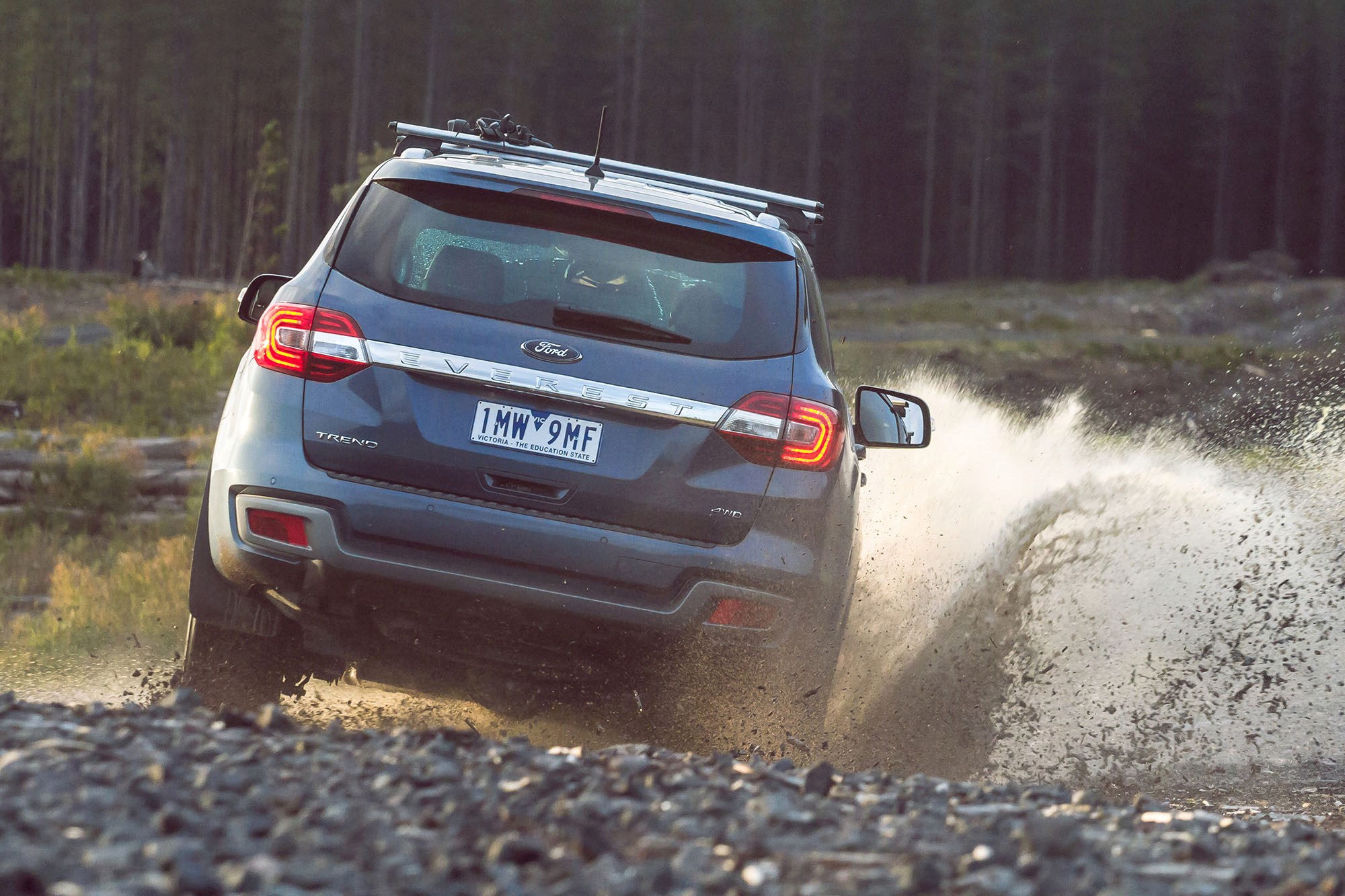
The Everest can soak up bumps with ease on uneven surfaces, all the while losing none of the off-road capability we’ve come to expect from the outgoing model.
Logically, the Everest’s natural competition will come in the form of the ute-based Holden Trailblazer, Isuzu MU-X and Toyota Fortuner, but Ford believe the new updated model has to goods to attract customers loyal to established nameplates like the Land Cruiser Prado.
With sales local sales totalling around 50 units every month, Ford is hoping the latest model will draw more interest in the relatively new nameplate.
Add to that more than 1000 litres of boot space, improved on-road refinement and go-anywhere capability off-road,the Everest SUV could be one of the most under-rated models in New Zealand’s booming SUV market.
Ford Everest Titanium
Price: $87,990
Engine: 2.0-litre turbo diesel, 10-speed automatic
Pro: Greatly improved feature set, engine, ’box, ride comfort — without compromising off-road capability
Con: Single model range could hinder entry-level buyers
